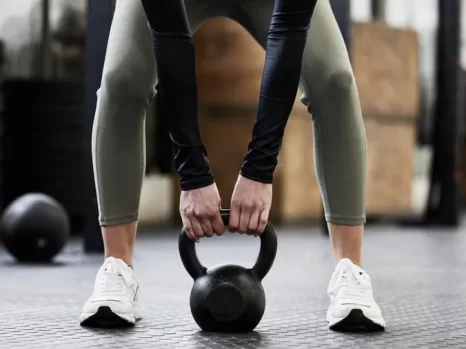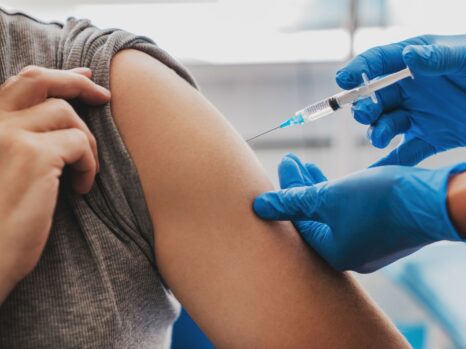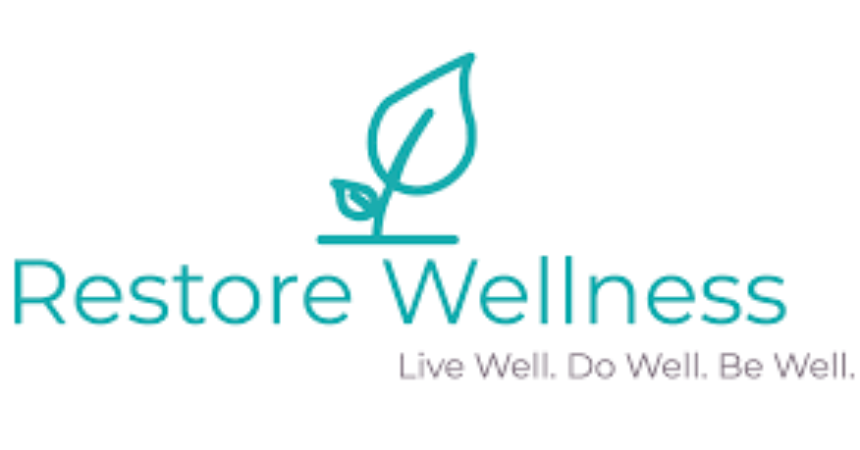Restoring wellness
Aboriginal knowledge and traditional medicine approaches are utilized as part of the intervention for at-risk Aboriginal populations or communities in crisis. Indigenous scholars argue, after reviewing a broad literature of indigenous knowledge, that Aboriginal wellness can only be measured in terms of a holistic, inclusive model that seeks to balance the spiritual, emotional, physical, and social domains of life. Many Aboriginal communities suffer from high rates of demoralization, depression, substance abuse, and suicide, which must be viewed within the context of decolonization or self-determination. It is crucial that Aboriginal communities improve their overall wellbeing by addressing the history of colonialism’s impact on their mental health. The evidence indicates that enhancing cultural identity, community integration, and political empowerment contribute to improvements in mental health in Aboriginal populations, including at-risk youth and women. Wellness strategies are founded on the interconnectedness of land, culture, and language.
Restoring Health
Health care professionals would consider this goal representative of what their jobs are: to intervene once a patient becomes sick, injured, or ill and return them to health. Our clinics and hospitals are where we do this most often through tests, procedures, medications, and rehabilitative therapies. We heal here. But do we really? We should consider the environment into which our patients are released after being discharged from hospitals or leaving outpatient clinics after their stay at outpatient clinics. Health can be restored through our interventions, but healing occurs most at home, at work, or at school – each individual’s Lifespace. Taking the time to consider and learn about the environment of our patients’ homes will allow us to positively influence healing and Enhance Restoring Health.
Health maintenance
In addition to minimizing the need to visit hospitals and clinics, we also work to maintain the health of our patients. In the past, Public Health has made much effort to ensure the environment supports the maintenance of a community’s health by ensuring clean water, immunizations, and disease surveillance. In the military, and specifically for uniformed personnel, Maintaining Health means ensuring readiness-the capability to carry out missions directed by the nation’s leadership. In my experience, however, maintaining health takes most of the patient’s attention at home and at work. This is also true at school and at the gym, in a supermarket and when deciding where to eat. A person’s ability to maintain relevance is most significant if they are not dealing with a specific illness, injury, or disease. Each Soldier in the Army receives about 100 minutes of health care each year, or about five 20-minute appointments. As a team, we need to be able to influence their health decisions outside of our hospitals and clinics during the other 525 500 minutes of the day.
Health Improvement
It seems, however, that health care providers are not focusing as much on Improving Health as one might hope. In a busy clinic, we often don’t have the time to discuss the appropriate strategies for getting healthy beyond what we have to do to restore health. Often, our patients are left to the dubious claims of pseudo-medical, health, or exercise companies offering the latest and greatest extract, diet, or home fitness routine because we have been silent on Improving Health. A simple solution would have been done years ago, but it won’t be easy. It’s time to start talking about health. The conversation must begin. We need to give equal importance to improving and maintaining health. Each medical intervention must consider the environment and human behavior, and how they impact health and healing.










